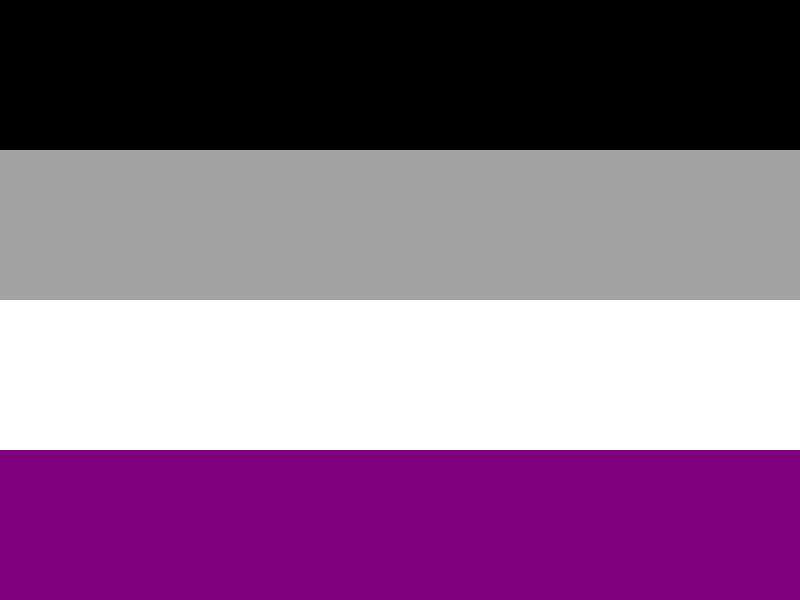October 23 to October 29 is Asexuality Awareness Week! So to wrap up this week, I wanted to explain what asexuality is and share some resources on how edit or write about asexuality in a conscientious and thoughtful way. One of the primary ways of editing underrepresented voices that you may not have experience editing is to get familiar with style guides that will “help you develop a basic understanding of inclusive, empowering, and respectful language.”
What is a style guide?
A style guide is used to guide the editing of a project. Editors will include character names, prominent locations, editorial decisions, and other elements of a text or project that they might need to refer to later in a text on the style guide. They can also be used to maintain consistency if the project is passed between editors. The goal of these guides is to ensure consistency across a project; for example, style guides make sure “grey” and “gray” are not used interchangeably. In order to make style guides more inclusive and guarantee that editors are catching moments that could interrupt a reader’s experience, editors can read guides that discuss how to treat language surrounding underrepresented identities so they can catch when these identities are not being treated accurately by authors. For examples on such style guides, try Radical Copyeditor, Disability Language Style Guide, Conscious Style Guide, A Progressive’s Style Guide, GLAAD Media Reference Guide, and Race Reporting Guide.
Asexuality: What is it?
Asexuality is a spectrum of attraction in which a person does not experience sexual attraction. It encompasses many different terms along its spectrum including demisexual and grey asexual. Being asexual does not always mean that someone doesn’t have sex or doesn’t enjoy it, but it can. Under the umbrella of sexuality, there are people who are sex-positive and don’t mind having sex and there are people who are sex-repulsed and don’t like hearing, thinking, or talking about sex. Some asexuals even experience arousal or have a high libido without feeling sexual attraction or a desire for sex.
Attraction
One helpful way to look at asexuality is to break down attraction. There are a few levels of attraction: sexual attraction, romantic attraction, sensual attraction, and aesthetic attraction. Sexual and romantic attraction are often combined in allosexual and alloromantic people (people who experience sexual and romantic attraction), but they are not necessarily the same thing. An asexual person might experience romantic attraction, defined by the Asexuality Archive as “A sense of ‘I would like to be involved in a romantic relationship with that person,'” but they wouldn’t also experience sexual attraction, defined as “A sense of ‘I would like to engage in sexual activity with that person.'” Each of these types of attraction is on its own spectrum.
Similarly, sensual attraction and aesthetic attraction do not exist on either of those spectrums. Aesthetic attraction is defined as “Non-sexual/non-romantic attraction to the way someone looks. Often described as the desire to ‘admire someone like a painting’, but not necessarily anything further,” while sensual attraction is defined as “A sense of ‘I would like to engage in sexual activity with that person.'” Keep in mind that these definitions are somewhat fluid due to the difficulty of defining these feelings and the differences of the human experience. Everyone’s experience is different, and it’s important to listen to people when they have their own definitions for their identities.
Food for Thought
Allosexual people can sometimes be careless when discussing sex because for many it is a natural part of life; however, for asexual (or ace) people, not feeling sexual attraction is just as natural. The Conscious Copyeditor links this article, under their sexuality section, about how easily ace people can feel alienated by cultural norms, especially when prioritizing sex as the “pinnacle of happiness” or saying that sex is part of being human or having a successful relationship.
If you are curious about learning more about asexuality or have questions, try exploring the Asexual Visibility and Education Network, or AVEN, for more nuance.

